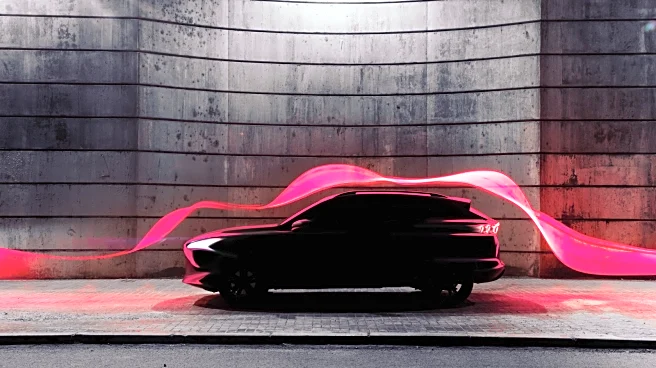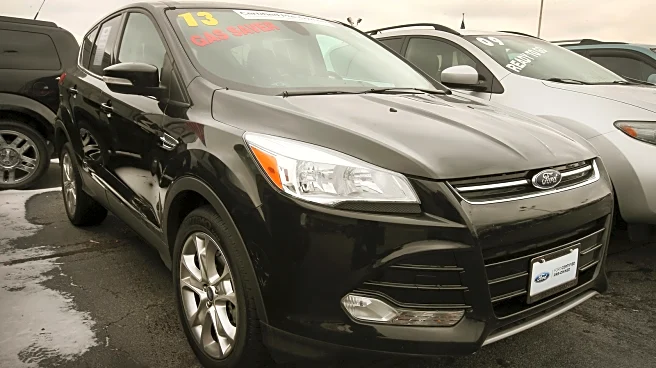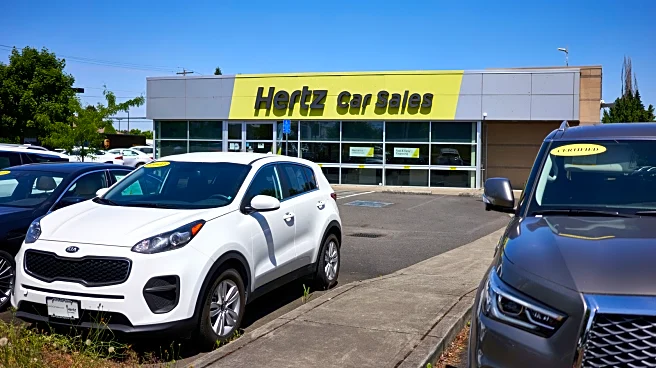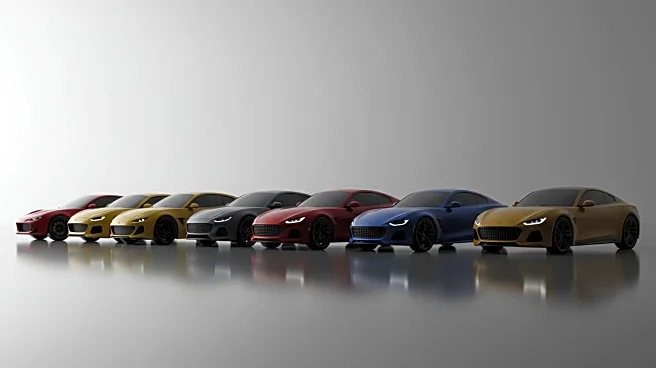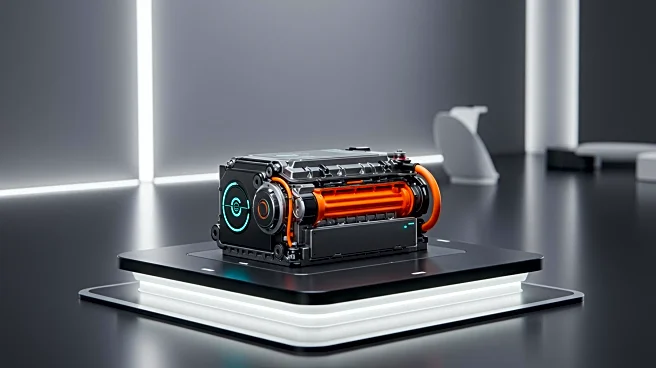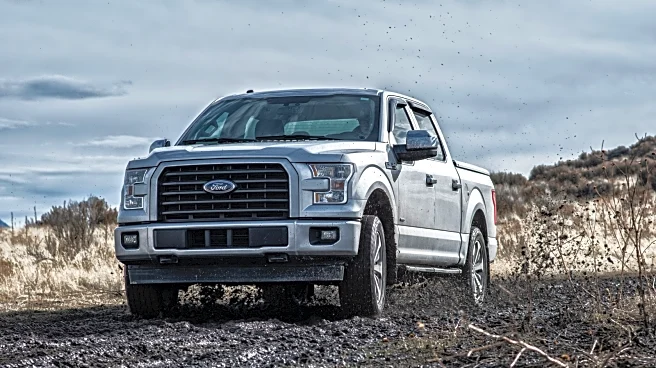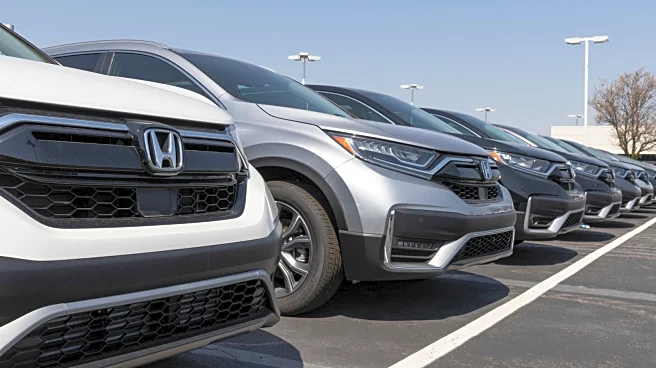
Gas prices seem to inch higher each time you drive to the gas station. So it comes as no surprise that you might be looking for various ways to stretch your tank a little further. For most drivers, buying mild hybrid cars (like these best fuel-efficient cars for 2025) is a perfect solution. But not everyone has the luxury of spending thousands of dollars on a new car. Luckily, if you're trying your best to conserve fuel as you go about your daily drives, there are several strategies you can consider.
The best thing? They don't require complicated modifications or hefty investments. Think of smart driving habits like driving slowly, letting the car idle for too long, and avoiding hard braking.
With that in mind, there is one driving habit that creates a debate among enthusiasts every summer: Does driving with the windows down make your car less fuel-hungry? Honestly, this fuel-saving question doesn't have a simple, one-size-fits-all answer. While rolling down your windows might reduce the number of trips you make to the pump, the confusion comes from the fact that if you're not using your windows to keep cool, you're definitely blasting the AC. And these two forces will definitely work against your fuel efficiency. However, it's worth noting that the efficiency will heavily depend on your speed, the outside temperature, and your car's aerodynamics.
Read more: 5 Of The Most Powerful Engines Ever Put Into The Pontiac Grand Prix
How Aerodynamics Affects Your Gas Mileage When Windows Are Down

Driving your car with all four windows rolled down can be quite refreshing. But again, it comes with a trade-off in fuel efficiency. When you drop those windows — especially the front ones — you'll affect the wind-tunnel-tested aerodynamic profile of your car by increasing aerodynamic drag. That means your car's engine will have to work harder to maintain your cruising speed. This, in turn, will translate to more fuel being burned.
Sure, you might not feel the impact when cruising at low speed (say, around town or when stuck in traffic). However, once you reach highway speeds (above 45 mph), the air resistance will grow exponentially, reducing fuel efficiency by as much as 20%. And that's where running your AC system comes in handy.
It's worth noting that closing the windows and turning on the air conditioning doesn't guarantee better fuel economy either. After all, your AC system has a belt-driven compressor that requires horsepower to operate, translating to increased fuel consumption. On sweltering days, however, turning on the AC and rolling up the windows reduces fuel economy by about 3-10%. That is less severe than the efficiency loss caused by open windows at highway speeds.
Other Factors That Will Create A Sudden Dip In Your Car's Fuel Economy

While the windows vs. A/C debate might get lots of attention, it's only one piece of the fuel economy puzzle. According to a test conducted by Oak Ridge National Laboratory, your vehicle's design can also determine how much drag your vehicle creates when you roll down the windows. More aerodynamic vehicles (think sleek sedans and low-profile sports cars) are designed to minimize wind resistance.
So, when you roll down the windows on these models, you create turbulence that can reduce your efficiency further. The situation, however, changes for boxier vehicles like SUVs. The Ford Explorer, for instance, has a design that naturally faces greater air resistance. That implies that the additional drag from open windows makes a very minimal difference to their efficiency compared to their sedan counterparts.
Besides that, your driving habits can also make your vehicle's MPG go down, especially when you've opened all the windows. Aggressive acceleration, high-speed cruising, and frequent hard braking can hurt your car's fuel efficiency. Even something as simple as inflating your tires can make a huge difference. After all, low tire pressure will increase the rolling resistance, forcing the engine to overwork.
Want the latest in tech and auto trends? Subscribe to our free newsletter for the latest headlines, expert guides, and how-to tips, one email at a time.
Read the original article on SlashGear.


